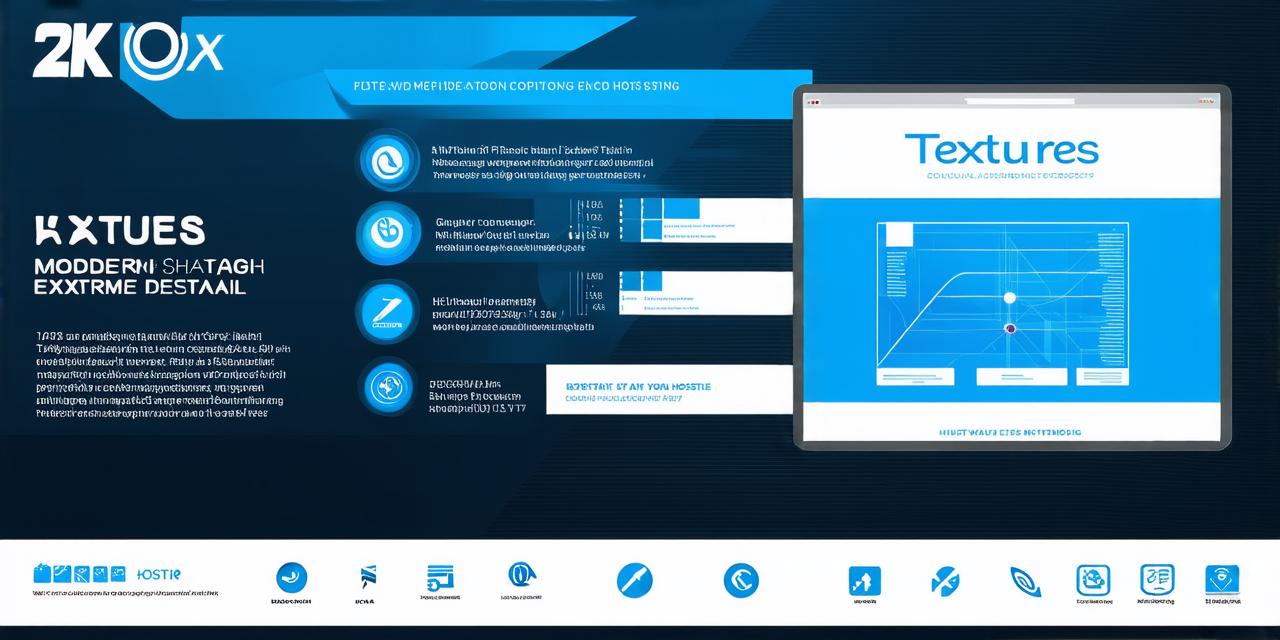If you’re a web developer, you’ve probably heard the term CDN thrown around. But what does it actually mean? In this guide, we’ll explore what CDNs are, how they work, and why they’re so important for web hosting.
What is a CDN?

A CDN, or Content Delivery Network, is a network of servers located in various geographic locations that are used to cache website content, such as images, videos, and scripts. The goal of a CDN is to deliver content from the closest server to the user, reducing latency and improving page load times.
How does a CDN work?
When a user requests content on a website, the request is routed to the nearest server in the CDN network. The server then sends the requested content directly to the user’s browser, bypassing the origin server. This process reduces the time it takes for the content to reach the user, resulting in faster page load times and improved overall performance.
Why is a CDN important for web hosting?
There are several reasons why a CDN is important for web hosting:
- Improved performance: By caching website content on servers located closer to users, CDNs can significantly reduce page load times and improve overall website performance.
- Scalability: CDNs allow websites to scale horizontally by adding more servers to the network as needed. This ensures that the website can handle increased traffic without slowing down or crashing.
- Security: CDNs can help protect websites from attacks by distributing content across a large network of servers, making it more difficult for attackers to target a single origin server.
- Cost savings: By offloading content delivery to a CDN, website owners can reduce their hosting costs and improve their bottom line.
Case study: Improving performance with a CDN
Let’s take a look at an example of how a CDN can improve website performance. Suppose you have a website that is hosted on a server located in the United States, but your users are primarily located in Europe. Without a CDN, users in Europe would have to download content from the US server, resulting in slow page load times and poor user experience.
However, by using a CDN with servers located in Europe, users in that region can access content directly from the closest server, resulting in faster page load times and improved performance. In addition, as traffic to the website increases, the CDN can scale horizontally by adding more servers to the network, ensuring that the website remains fast and reliable even under heavy loads.
FAQs
1. What types of content can be cached on a CDN?
Images, videos, scripts, stylesheets, and other static assets.
2. How do I set up a CDN for my website?
There are several CDN providers available, including Cloudflare, Akamai, and Amazon CloudFront. Most CDN providers offer easy-to-use interfaces that allow you to quickly configure your CDN settings.
3. Can I use a CDN in conjunction with other web hosting solutions?
Yes, CDNs can be used in conjunction with other web hosting solutions, such as shared hosting or VPS hosting. In fact, many website owners use a combination of a CDN and an origin server to achieve the best performance and scalability.
Conclusion
In conclusion, a CDN is an essential tool for any web developer looking to improve website performance and scalability.



